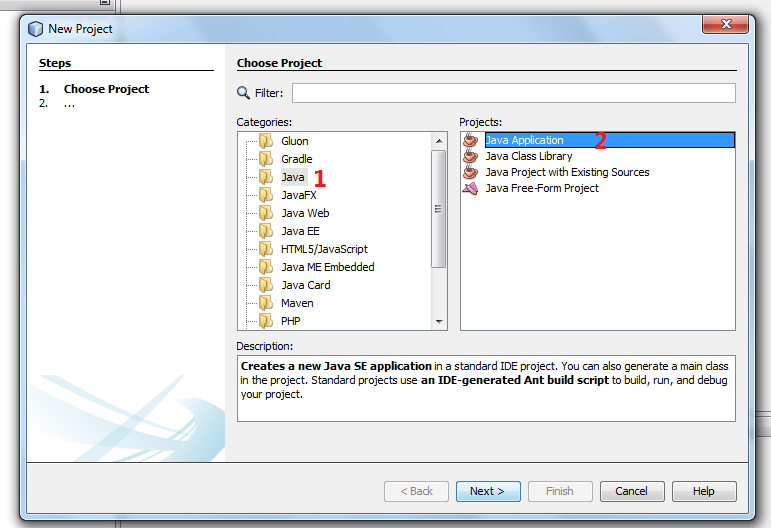

To follow this tutorial, you need the software and resources listed in the following table.If you are using an earlier version, see. Note: This document uses NetBeans Platform 7.1 and NetBeans IDE 7.1. In summary, the Visual Library API is a visualization API, useful in the context of modeling and graphing features. All the pluggable pieces are declared as interfaces or abstract classes, such as 'WidgetAction', 'Anchor', 'AnchorShape', 'PointShape', 'Animator', 'Border', 'GraphLayout', 'LookFeel', 'Layout', 'SceneLayout', 'Router', and 'CollisionsCollector'.

The set of predefined widgets provided by the library can be extended. The plugin Editor Library 2 is requested in implementation version 44.Įach widget has, built into it, various properties, such as 'layout', 'border', and 'actions'. Currently getting this installing on NetBeans 8.2 Some plugins require plugin Editor Library 2 to be installed. The list of libraries which you need to add from our binary bundle can be found over here. The plugin JSP Editor is requested in implementation version 2. I am using the Netbeans 6.5.1 plugin manager. When you compose them together, you are able to create a visualization in a simple and flexible way.

The library provides a set of reusable pieces, called 'widgets'. NetBeans Visual Library Tutorial In this tutorial, you will learn how to use the main features provided by the. Netbeans Editor Library 2 Rating: 4,4/5 6060 votes


 0 kommentar(er)
0 kommentar(er)
